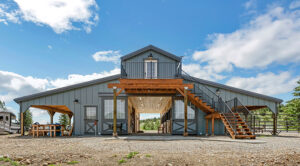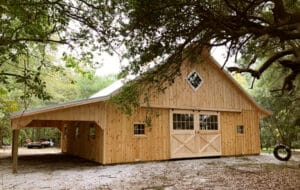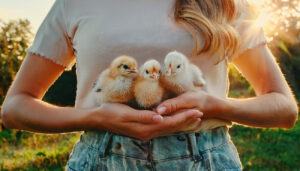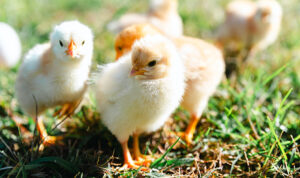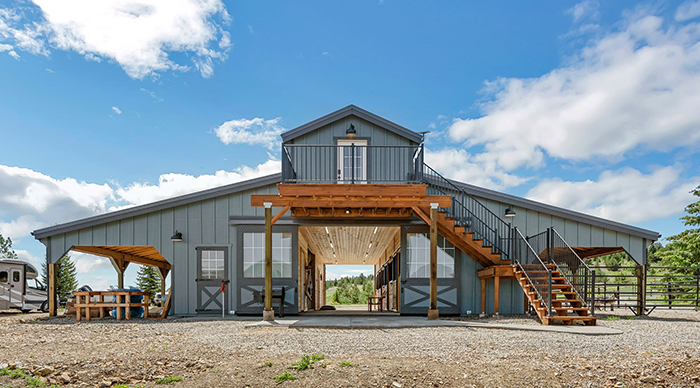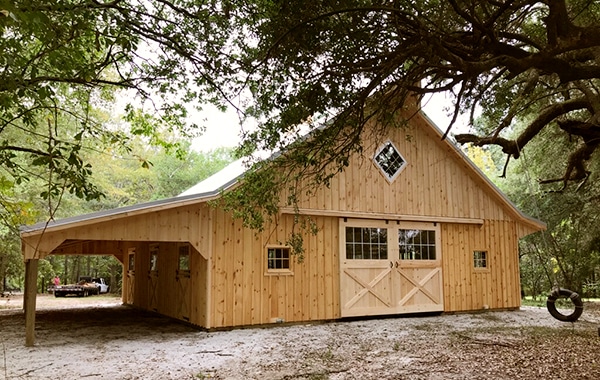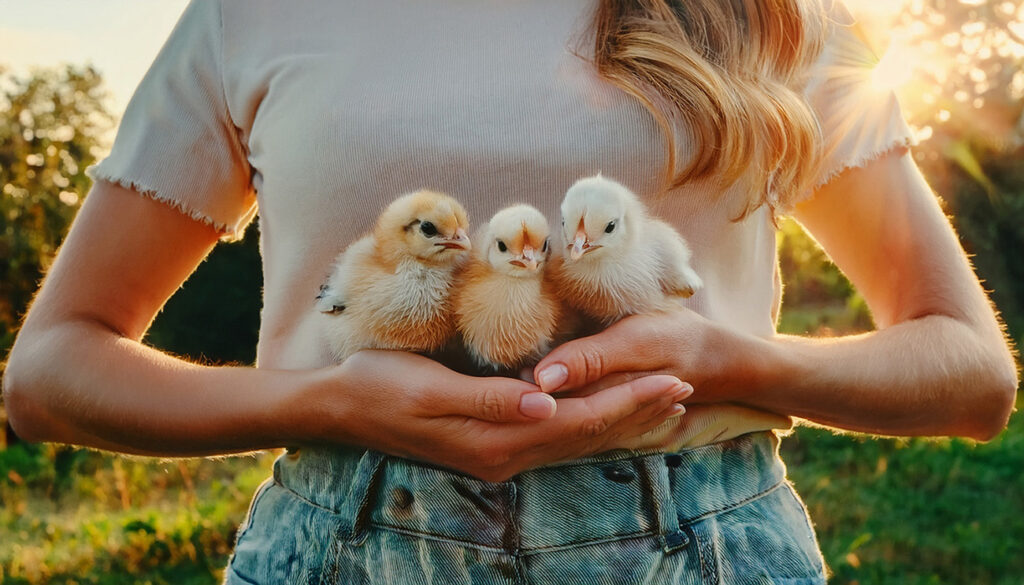Friday, October 19, 2012
Southern Coop Care
Hey Folks. Our guest blogger Betsy is back with some advice on caring for your chickens if you live in a southern climate. We thank her for such a great blog about building the coop and now she offers some great advice about caring for chickens in hot weather. Having chickens in the South brings on a different level of care and maintenance for housing your chickens. We don’t have to worry about cold temperatures or freezing water in South Florida, in fact we introduce frozen water in the dead of summer to give our chickens a much needed break from the heat. Kind of a chicken a/c unit ~ hanging frozen bottles of water. They emit a small amount of cooler air. During summer months it is not unusual for our temperatures to reach 100 degrees. Our winter months run pretty warm with temps often above 80 degrees. Some things to keep in mind when securing your coop and run: • Be predator-proof, not just from the sides, but from above and below as well. Make sure the “holes” in your fencing or hardware cloth are as small as possible. • Be secure from nasty rodents that will be attracted to the feed and droppings. Rodents are burrowing creatures, so you need to block them from slipping into the coop from below. If you coop doesn’t have a floor, you need to bury small-mesh fencing down into the ground about 12″ all around the coop. • Be breezy enough to prevent respiratory diseases, to which chickens are especially prone. • Be easy to clean so bugs and bacteria don’t fester. • Provide “roosting poles” for your flock to sleep on (2″ wide; rounded edges; allot 5-10″ of space per bird side to side and 10″ between poles if more than one is necessary; plus ladder-like grading so the pole furthest away is several inches higher than the closest). • Encourage egg-laying with 1 nest box for every four or five chickens. Nest boxes should be raised off the ground at least a few inches, but lower than the lowest roosting pole. They should also be dark and “out of the way” to cater to the hen’s instinct to lay her eggs in a safe, place. • Be roomy: at least 4 square feet per bird if birds are able to roam freely during the day, and at least 10 square feet per bird if they are permanently confined. • Supply a feeder and waterer, which should hang 6-8″ off the ground. Hanging the containers keeps your chickens from roosting on them and pooping. Who wants poop in their food or water? • Include a removable “droppings tray” under roosting poles for capture and easy disposal of droppings. Here is how I maintain my coop in order to keep it clean, safe and healthy for my girls: 1) I had to ensure firstly that they are safe in their home. In order to keep predators out and them in I laid paver blocks around the perimeter of the coop, this ensures that nothing can dig under and they cannot dig out. I also buried small mesh hardware cloth in the ground BEFORE assembly of our coop. We have free range cats in my neighborhood, I often see them in our yard, and we all know how cats love chicken ~ right? Dogs, opossums, cats, rodents and raccoons have all been spotted around the area. In order to keep them all from harming my chickens I constantly check for any possible openings in the coop and run. Did you know that mice and rats can harm your chickens while they roost at night? Chickens naturally become unable to defend themselves when the sun goes down; their bodies go into a form of hibernation. The rodents can come right up to them and nibble on feathers and toes, well actually any part of their cute little bodies. So making sure there are no possible openings is very important to assuring your flocks safety. 2) Day time vs. night time ~ your chickens enjoy being outside as much as possible. They have so many outdoor activities they partake in. Such as digging for bugs, scratching about, dust bathing, and the popular weed eating. Night time is meant for sleeping, your chickens will naturally roost when the sun goes down. Keeping them safe is as easy as closing the door from the run to the coop. You may have to guide them to the roosting area a few times, after that it becomes second nature. Sun down = inside coop. Once they are all inside for the night you can close their door. My coop from Horizon Structures has a dusk to dawn automatic door. This upgrade pays for itself in about one minute of the sun setting. When the sun rises it opens like magic and outside they all scamper to start their activities. You can even purchase one of Horizon Structure’s movable chicken coops to move the chickens under a shady tree. 3) Coop cleaning is an essential part of maintain your flock. You don’t have to clean the coop daily or even weekly, but you should do a complete coop clean once a month. Chicken waste can build up and create an excess of ammonia that hinders the air quality of your coop. I am able to leave the windows and vent areas open all year, allowing for a good cross ventilation for the girls. Once a month I gather my cleaning supplies and do a thorough clean. I remove all food and water containers and scrub them with hot soapy water and a drop or two of bleach. I remove all the bedding from the nesting boxes and floor area inside the coop. I don’t know about your chickens but pooping in the nesting boxes is a favorite thing to do. Since they at some point will start laying in those boxes it is imperative to keep waste out of them. I remove the “cleaner coop” tray and clean that with hot soapy water and a touch of bleach as well. After it is dry I can replace it. The area under the roosting bars is a hot bed of yuck! This part is the hardest to keep clean, but it is essential to remove the waste. I use a long handled brush and a long handled dust pan. Once everything old is out of the coop I spray a mix of one part bleach, one part dish soap and ten parts water on all the surfaces. I allow the entire inside to dry completely before replace the “cleaner coop tray” and new bedding. I also sprinkle Diatomaceous Earth everywhere. DE is a natural ant deterrent as well as mites and other little creepy crawlies. I decided a while ago that my hens needed to know what the nesting boxes are actually for ~ EGG LAYING. I have in each one a wooden egg, lead by example right? The bedding I use is pine shavings, NEVER use hay, it molds far too quickly and puts off a dust that can harm their respiratory systems. Straw can also be used. 4) What do I do with all the used bedding? You ask. Well you can use it as a compost for your garden or you can dispose of it like you would your yard waste. I use it as compost occasionally but mostly have to put it out to the trash pickup in our yard waste receptacle. Pine shavings do not break down very fast so unless you have a huge compost area you will have an abundance of used chicken bedding. However when placing it in your garden area you are guaranteed a nice surprise crop of plants. I currently have a 4X4 bed of sunflowers and some sort of squash or melons. Once the sunflowers are done blooming they will once again be returned to the chickens for a nice treat. The circle of poop! As far as a run vs. free ranging this is entirely up to you. Everyone has a different yard or land. I live in a suburban/urban area. Keeping my coop odor free is a top priority to me, so that my neighbors are not inconvenienced by my chickens. Consideration is always appreciated; it will go a long way in keeping your chickens on your property. My girls currently enjoy their run and also the under coop area is a favorite. I have the under coop enclosures to keep them safe. A note to consider, chickens and long term grassy areas in an enclosed area are NOT compatible. Once I put the girls into their new home the grass in the run and under the coop was completely gone in less than a week. My coop is not portable so there is no moving it to a better location. Chickens naturally scratch the ground to find bugs, worms and seeds. Eventually we will have a low 4’ fence built so that I can free range them occasionally. Currently I am unable to allow them this freedom, as our four dogs think that the chickens are fun moving targets. One tragedy was one to many. Rest in peace Abigail. I have a friend that can allow her chickens to roam her entire back yard whenever she chooses. I really do enjoy watching them do what chickens do when they have almost endless possibilities. Following these easy guidelines will go a long way towards keeping your flock safe, happy and healthy. After all a happy flock is a productive flock. Well, or so I am told, raising chicks from hatch really does provide a long wait for that first egg. Do you have a chicken first aid kit? The first time I ever needed a first aid kit was when my son was just a wee little boy. I am not sure if the first “emergency” was the pressure treated splinter or the penny up the nose. But ever since then I have had a first aid box ready to go. The kids are grown and on their own and their first aid kit is now the doggy first aid kit. Surprising as it may be they both require a lot of the same items. Now I also have my chicken first aid box. Knock on wood – there has been no need for me to use it. (I hope I am not jinxing myself). Every chicken owner should have the following on hand in the event of a sick or injured chicken: Vetericyn, vitamins & electrolytes, epsom salt, non-stick gauze pads, Vetwrap, gloves, Epsom salt, sterile scalpels, tweezers, scissors and Duramycin, antibiotic ointment, Nutri-Drench and povodine-iodine. During an urgent, medical situation, acquiring supplies should not be the priority. PLEASE NOTE: It is very important that the antibiotic ointment used on chickens NOT contain a PAIN KILLER. Any ingredient ending in “caine” or “cane” (eg: benzocaine, lidocaine) can be harmful, if not fatal to chickens. Some other items you may wish to keep in a more extensive medical kit for your chickens are: • a flashlight • dog nail clippers • styptic powder • Popsicle sticks • Preparation-H cream • Superglue • Old towels • Rubber gloves When I was getting ready for my first hatch I was co-hatching with my chicken friend in crime. She had a egg that hatched with a broken yolk and the chick was in distress, so she had to QUICKLY gather up some general first aid items in hopes of saving her little chickie. After the emergency was averted she called me and told me to “get the following ready – this is a 911 situation”. My hatch medical supplies are as follows: • Towel to work on • Alcohol • Tweezers • Q-Tips • Paper Towels • Extra towels • Sharp scissors • Rubber gloves • Flash light • Gauze pads • Cotton balls I did not need any of it, but was comforted to have them available. Hatches are stressful for the chicks as well as the human. Better to be safe than sorry. Prevention is the key to keeping your flock healthy. • Keep water dishes clean and food dry and contained. I use large galvanized garbage cans with tight fitting lids to keep my food, treats, bedding and DE dry and free from rodents and or pests. • Manage your coop in such a way to minimize health risks (sanitation and number of chickens). • Although chickens love your kitchen scraps, beware of what you give them. Do not feed them moldy or rotten foods. • Spend time with your flock and observe their behaviors, poop, and physical characteristics. If there is a problem, catching it early is key! If you find a sick bird, be sure to isolate it from the flock. • Some possible symptoms to look for indicating injury/illness/disease include: Coughing, wheezing, labored breathing, warts/scabs, swollen joints, loss of feathers, reduced egg production, thin egg shells, fever, abscesses or open wounds, paralysis, twisting of neck/head, discharge from nose/mouth, diarrhea/blood in stool, not eating/drinking, weight loss, retarded growth, lack of coordination, enlarged abdomen. Even when you follow proper care habits however, injury and disease/illness can still strike your flock. Many chicken keepers feel helpless when they have a sick bird, and it can be difficult to find an avian vet that specializes in chickens. Many chicken diseases also present similar symptoms, so diagnosis and treatment can be tricky. Here are some resources to help you learn about chicken illnesses, injuries, and disease. What’s wrong with my chicken? While many diseases present similar symptoms, the following resources may help you in identifying what is wrong with your bird. • Common Poultry Diseases (w/ diagnostic charts of clinical signs) from the University of Florida IFAS Extension {{{{{{{http://edis.ifas.ufl.edu/ps044# LINK FOR COMMON DISEASES}}}}} Getting your chickens used to being handled as early as possible is a good idea; I did not do this – so please learn from me. My friend handled her chickens daily and they literally come running as soon as they see her. I am working on the “treat bribery system” I came up with. (Offer treats to trick them into coming to me) So you know this tactic takes a long long time to see results. I honestly believe that allowing them to free range early on would have helped this, as getting them out of their coop/run is a feet within itself. Chickens are not naturally trusting creatures. (We can thank Colonel Sanders for that little bit of truth) Here is a list of safe treats that your flock would enjoy: (Not all chickens enjoy the same things, so trial and error to see what your flock enjoys) http://www.backyardchickens.com/a/chicken-treat-chart-the-best-treats-fo… I am an avid user of the BACKYARD CHICKEN website. You can answer practically any question you may have. It is a wealth of information that anyone can use. I offer my flock meal worms often, I also have my own little worm factory that I am able to provide live red wigglers to my girls. They love the excitement of the chase as much as they love the worms. The worm factory allows me to use kitchen waste that I would not offer my flock and thus keeping it out of the landfills. I got my worm factory from Gardeners Supply http://www.gardeners.com/Worm-Factory-Composter/39-424,default,pd.html. So there you have it, coop care, chicken care and a side of healthy snacks for your flock. I hope you have enjoyed this posting and hope to see you back soon for more chicken topics. If you have a subject you would like to see addressed please let us know. Also if you have any questions you can contact me my leaving a comment below. Please like us on our facebook page as well and share this link with your friends. http://www.facebook.com/#!/horizon.structures.7?fref=ts


